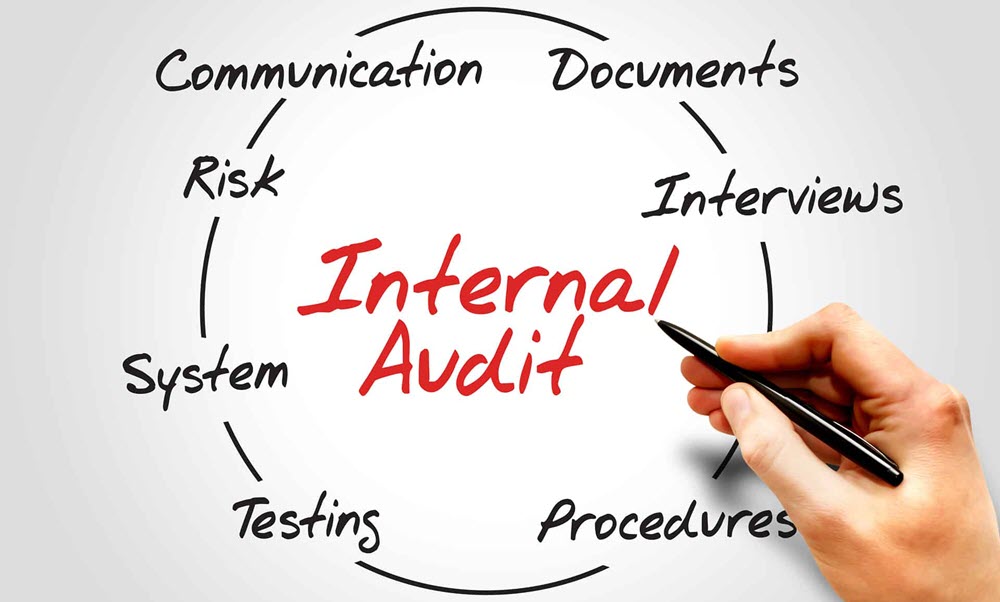What is Internal Audit Process?
In the current challenging era where the environment of corporate management changes at a very fast pace, it is highly important for any organisation to observe their practices and drive continuous improvement. An internal audit process is an effective tool to review compliance and drive continual improvement, as it evaluates an organisation’s internal controls throughout the business. The basic purpose of an internal audit process is to ensure compliance of organisational policies, processes and relevant standards.
Importance of Internal Audit
Without doubt, an organisations internal audit process can play a key role in their continual improvement and offers a lot of benefits for the organisational leadership such as recognizing cost efficiencies, improving organisation performance and offering useful insights that addresses the important risk factors. Internal audit can facilitate organisations in accomplishing their corporate objectives, as business practices go through an in depth review. The internal audit process can be performed internally or can be outsourced to an external independent third-party. When done internally, an employee or an employee’s team is allocated by the organisation to validate how well it comply with its internal processes and procedures. In contrast, outsourcing internal audit to a third party can be used to get immediate access to specialist knowledge and often reduce cost in the long run at the same time.
Developing an Efficient Internal Audit Process
Now, in order to develop an efficient internal audit process, we need to consider the following steps.
- The initial step is to identify the areas and/or departments where auditing is required. At this point, the main thing is to identify departments which follow policies and procedures issued by the organisation or are obligated to comply with statutory or regulatory requirements. It is important to know that it can cover complex areas like manufacturing processes and simple areas as well such as a new hire. A list of all areas and the functions should be prepared where a review is needed.
- After that, the next step is to determine the frequency of auditing as some areas might need to be audited more frequently than others. This should be based on risk and how critical a function is to the business.
- Likewise, the third step is to develop an audit schedule, as an organised and systematic approach for the internal audit process, can ensure the task gets done. It also ensures resources are available to carry out the internal audits when required and management are aware of when the various functions are reviewed.
- Another important step is to give departments an audit notice as common courtesy, so that they can make sure the required documents and materials are ready and they are available for the auditor. In some cases, the audits would be conducted unannounced. However, this should only be done in case a suspicion about any sort of immoral or unlawful activity is taking place or if it is required to get a real picture of e.g. the health and safety management on a site.
- Moreover, the fifth step is to conduct the actual audit. This can consist of employee interviews where the auditor can inquire them to describe their work procedure, review the work in progress to validate it follow the correct process and review of documentation and historical data. The main goal of this step is to validate compliance with the audit criteria and have a clear understanding of employee competence so areas can be identified where additional training is required.
- The second last step is to document the results of the internal audit in an audit report. The report should include information on what was audited, nonconformities raised and any opportunities for improvement that has been identified.
- Last but not the least, is following up on any findings raised an getting them closed out. This ensures an ongoing process of continual improvement is maintained.
If you are looking to setup an internal audit function or would like to outsource your internal audits, then contact us for a free consultation and see how we can support with your project.


















